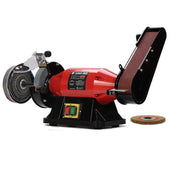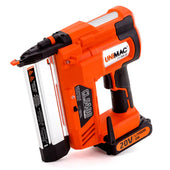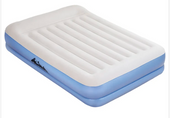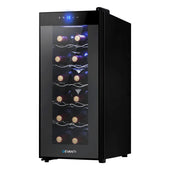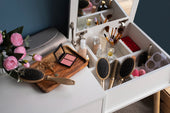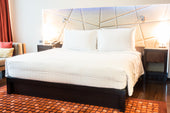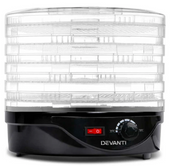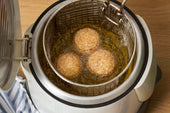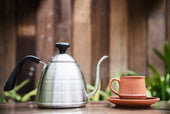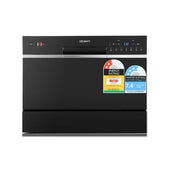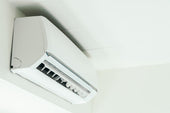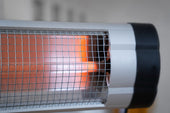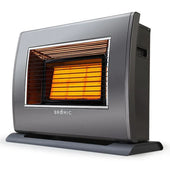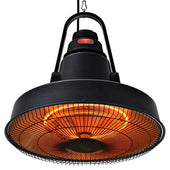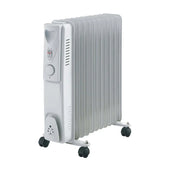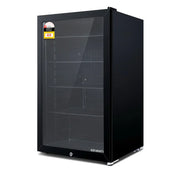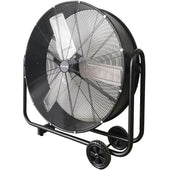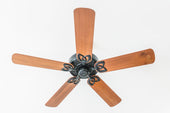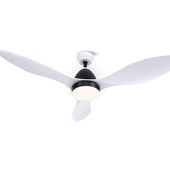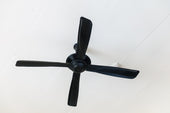Understanding Table Layout Basics
Creating an organised Cyber Sale Dining Table Set layout requires attention to detail and an understanding of placement rules. The table surface should be clean and proportionate to the number of guests. The layout typically begins with placemats or a tablecloth to set the foundation. Dinner plates are central to each setting, positioned about an inch from the edge of the table.
Cutlery is placed in order of use, with forks to the left and knives and spoons to the right of the plate. Glasses go above the knives, and napkins can be creatively folded or set to the left. Decorative elements, like centrepieces, should complement rather than crowd the arrangement.
Essential Tableware and Accessories Checklist
A meticulously arranged Black Friday Sale Dining Table Set requires specific tableware and accessories. Each element plays a role in enhancing the dining experience while maintaining functionality.
Tableware
- Plates: Dinner plates, appetiser plates, and bowls for soups or salads.
- Cutlery: Forks, knives, teaspoons, and soup spoons, placed to match the meal courses.
- Glasses: Water glasses and wine glasses, appropriate for both red and white wine.
Linens
- Tablecloth or Runner: For a polished backdrop.
- Napkins: Cloth napkins folded neatly or styled to complement the setting.
Serving Items
- Serving Platters: For larger dishes.
- Condiment Holders: Salt, pepper, and sauces within reach.
Accessories
- Centrepiece: A floral arrangement or minimalist decorative piece.
- Place Cards: Optional for assigned seating.
Choosing the Right Tablecloth and Runner
Selecting the appropriate tablecloth and runner enhances both functionality and elegance. The tablecloth should complement the dining setting and furniture, considering the occasion and desired atmosphere. Fabrics such as cotton or linen are ideal for casual settings, while silk or satin suits formal dining.
Colour matters; neutral tones create versatility, whereas bold patterns add character. Size is crucial—ensure the tablecloth offers an adequate overhang of 15-30 centimetres for a polished appearance.
Table runners can be layered over the cloth or directly on the table. They should contrast or coordinate harmoniously. For rectangular tables, ensure the runner ends have a balanced overhang.
Placement of Plates: The Foundation of a Professional Setup
The placement of plates creates the base for a well-structured dining table. Dinner plates are traditionally centred in front of each seat, positioned approximately one inch from the table’s edge. If a bread plate is included, it is placed to the upper left of the dinner plate. When serving multiple courses, layering plates such as a salad or soup dish atop the dinner plate maintains elegance and efficiency. Plates should be evenly spaced, ensuring symmetry and ease of access for diners. The arrangement of plates sets the tone while subtly guiding the organisation of additional table elements like a Dining Table Set for 6.
Perfecting the Positioning of Cutlery
The placement of cutlery is crucial for achieving a well-arranged dining table. Each piece should be arranged according to its order of use. At During Days, Forks are typically placed on the left of the plate, with the dinner fork closest and the salad fork beside it. Knives sit on the right, blade facing the plate, alongside spoons.
Straight alignment is essential; all items should parallel the table edge for a tidy appearance. Dessert utensils can be positioned horizontally above the plate or brought out later. Napkins may either accompany the forks or rest within a decorative element for added elegance.
How to Arrange Glassware Properly
Proper glassware arrangement is essential for both functionality and aesthetics during any dining occasion. Glasses should be placed in the upper right corner above the knives and spoons. Begin by positioning the water glass directly above the tip of the main dining knife. To its right and slightly downward, place the wine glasses in the order they will be used: red wine first, followed by white wine or champagne.
If using additional glasses, such as for dessert or cocktails, arrange them in a diagonal line descending towards the right. Ensure adequate spacing to prevent accidental tipping. Crystal-clear glasses add elegance, so polish them for a perfect finish.
Adding Elegance with Napkin Designs and Placement
Napkins play a crucial role in enhancing the overall look of a dining table. Selecting napkins that complement the colour scheme of the table setting adds visual harmony. Fabric napkins are preferred for formal settings due to their luxurious texture, while paper napkins can be used for casual affairs.
Napkin folding techniques, such as the fan, rose, or pyramid design, introduce an element of sophistication. Alternatively, placing napkins inside decorative napkin rings lends charm to the table arrangement. Positioning the napkin on the plate or to the left of the forks ensures accessibility and practicality, creating both elegance and functionality.
Integrating Centrepieces: Flowers, Candles, and Decorations
When designing an inviting dining table, centrepieces play a vital role in setting the mood and enhancing visual appeal. Consider incorporating the following elements:
- Flowers: Arrange fresh or faux blooms in a vase, selecting colours and textures that complement the table’s theme. Low-profile arrangements ensure unimpeded conversation.
- Candles: Use taper or pillar candles for an elegant look or tealights for a softer glow. Candleholders or votives can add sophistication and safety.
- Decorative Elements: Include items like seasonal accents, decorative bowls, or table runners to tie the design together.
Balance these elements, maintaining enough space for serving dishes and ensuring the centrepiece height allows comfortable interaction.
Setting for Special Occasions vs Everyday Meals
For special occasions, table settings often embrace formal elegance. Fine china, crystal glassware, and polished silverware are typically used. Start with a crisp tablecloth or decorative runner, followed by placemats. Napkins are ideally folded or held in napkin rings, placed to the left of the plate or atop it. Incorporate centrepieces such as floral arrangements or candles for an aesthetic touch. Plates, cutlery, and glasses should be arranged following etiquette guidelines, with multiple courses considered.
For everyday meals, a simpler approach suffices. Use casual tableware and omit decorations. Essentials like a single plate, basic utensils, and a water glass are usually adequate.
Fine-Tuning Details: Final Touches for a Pro-Level Presentation
To elevate the dining experience, focus on subtle details. Ensure napkins are crisply folded, either placed centre-stage on each plate or elegantly tucked into napkin rings. Glassware should sparkle, aligned vertically with the knife. Add depth by layering charger plates under dinner plates, complementing the overall theme. Include a centrepiece, such as fresh flowers or candles, ensuring it doesn’t obstruct conversations.
Consider individual place cards for personalisation, positioned just above the plates. Ensure cutlery and plates are smudge-free. Double-check symmetry across the table and refine spacing to maintain balance. These meticulous touches will exude professionalism and refinement.



